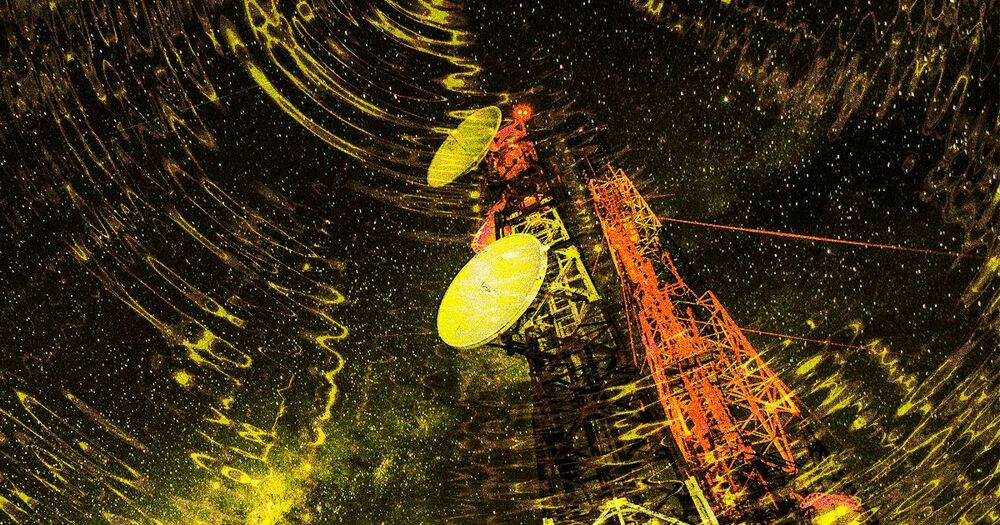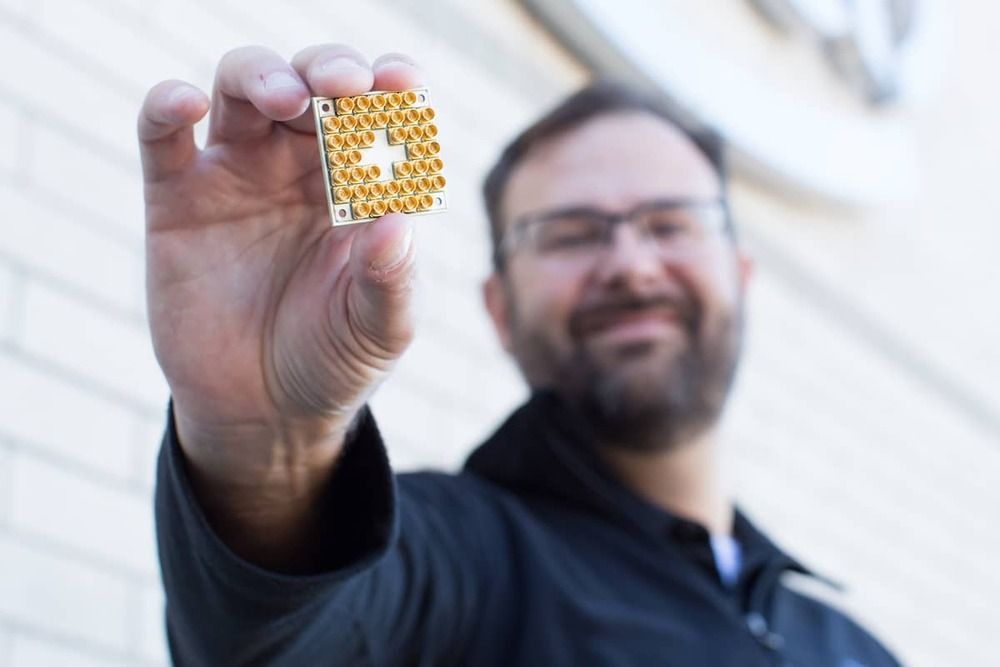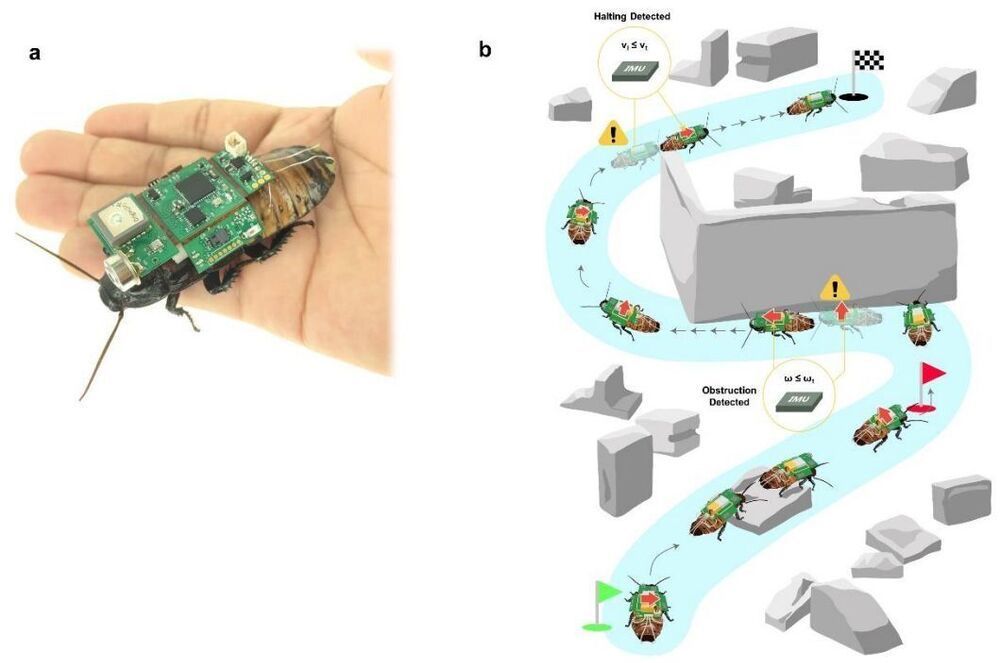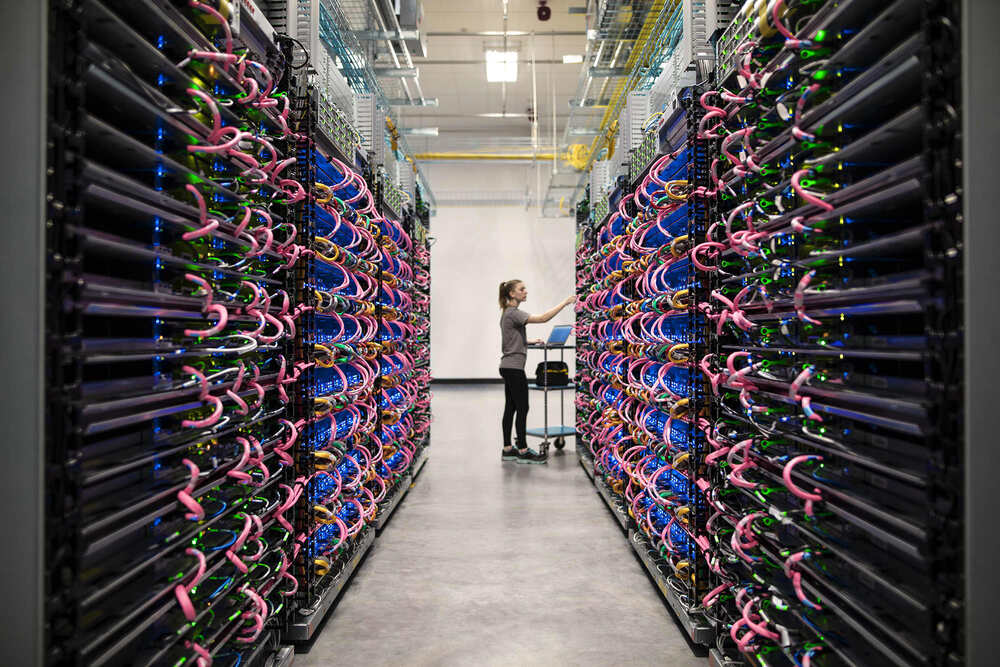Jun 10, 2021
Are Digital Humans the Next Step in Human-Computer Interaction?
Posted by Quinn Sena in category: robotics/AI
The growing population of avatars that use AI smarts to interact with us is a major clue.
In the fictional worlds of film and TV, artificial intelligence has been depicted as so advanced that it is indistinguishable from humans. But what if we’re actually getting closer to a world where AI is capable of thinking and feeling?
Tech company UneeQ is embarking on that journey with its “digital humans.” These avatars act as visual interfaces for customer service chatbots, virtual assistants, and other applications. UneeQ’s digital humans appear lifelike not only in terms of language and tone of voice, but also because of facial movements: raised eyebrows, a tilt of the head, a smile, even a wink. They transform a transaction into an interaction: creepy yet astonishing, human, but not quite.
Continue reading “Are Digital Humans the Next Step in Human-Computer Interaction?” »

















